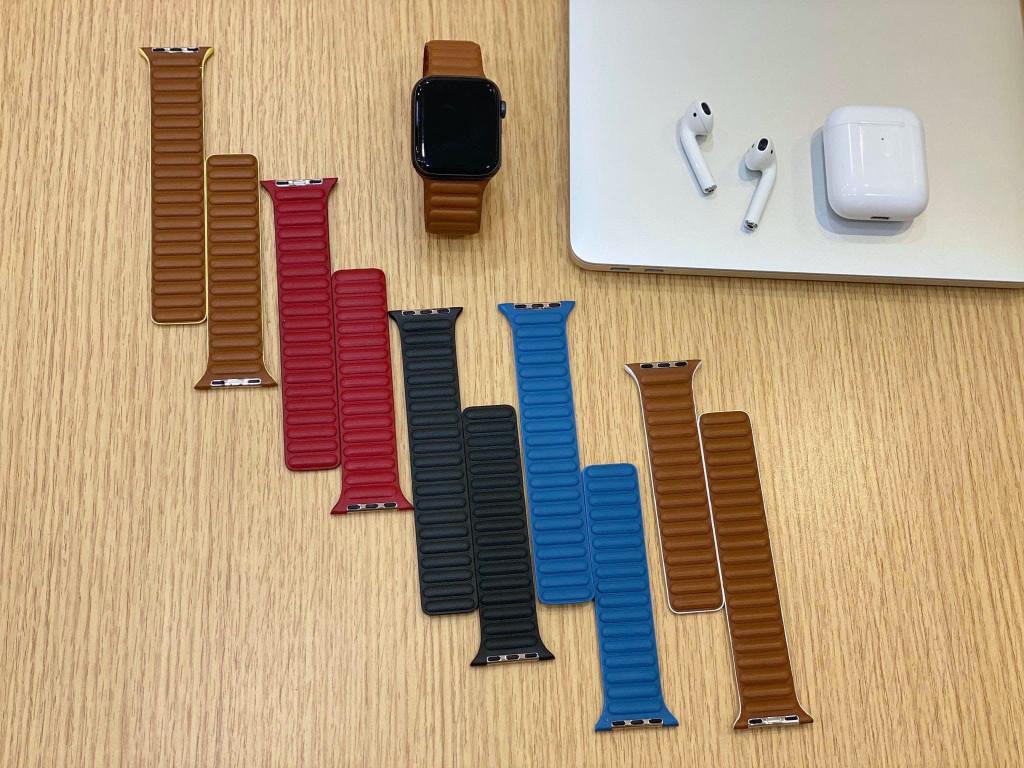Size of videos on the internet to be reduced in half? theverge.com/2020/7/7/21316525/fraunhofer-vvc-video-codec-streaming-4k-video-cost-file-size-standards
:extract_cover()/https://meta-storage.neard.com/54b53072540eeeb8f8e9343e71f28176.20200708083318.1594197198.18.jpeg)
Size of videos on the internet to be reduced in half? theverge.com/2020/7/7/21316525/fraunhofer-vvc-video-codec-streaming-4k-video-cost-file-size-standards
:extract_cover()/https://meta-storage.neard.com/54b53072540eeeb8f8e9343e71f28176.20200708083318.1594197198.18.jpeg)
Real time lyrics in Spotify finally!! theverge.com/2020/6/30/21307984/spotify-real-time-lyrics-26-markets-musixmatch-genius-apple-music-karaoke
:extract_cover()/https://meta-storage.neard.com/54b53072540eeeb8f8e9343e71f28176.20200630102008.1593512408.7578.jpeg)
Witcher / Superman himself building a gaming PC 😆 instagram.com/tv/CCs-N1Eh2Z5/?utm_source=ig_embed
Rumor: Leaked images may show redesigned Leather Loop for Apple Watch Apple could be planning a redesign for the Apple Watch Leather Loop. A tipster shared a variety of images of a new Apple Watch Leather Loop with 9to5Mac earlier this month, and now similar images have surfaced on Reddit. The tipster who reached out to 9to5Mac indicated that the new Apple Watch Leather Loop could be unveiled as soon as next month. Apple just unveiled new Apple Watch bands in celebration of Pride Month, and further announcements for the summer and WWDC 2020 are not out of the question. Apple currently sells the Leather Loop for Apple Watch in four different colors: peacock, Meyer lemon, saddle brown, and black. The Leather Loop costs $99 and is available in medium and large sizes. Following the images we received earlier this month, a new set of images has surfaced on Reddit today, also claiming to show the new Apple Watch Leather Loop as well.


A group for the nerds.

13 Followers
1 Followings
79 feeds
0 Followers
0 Followings
108 feeds